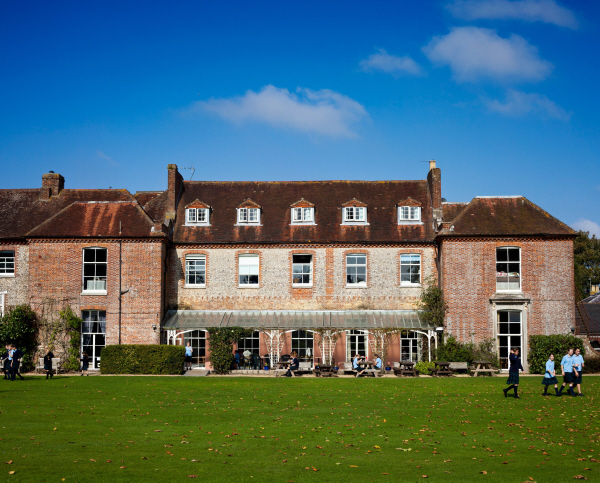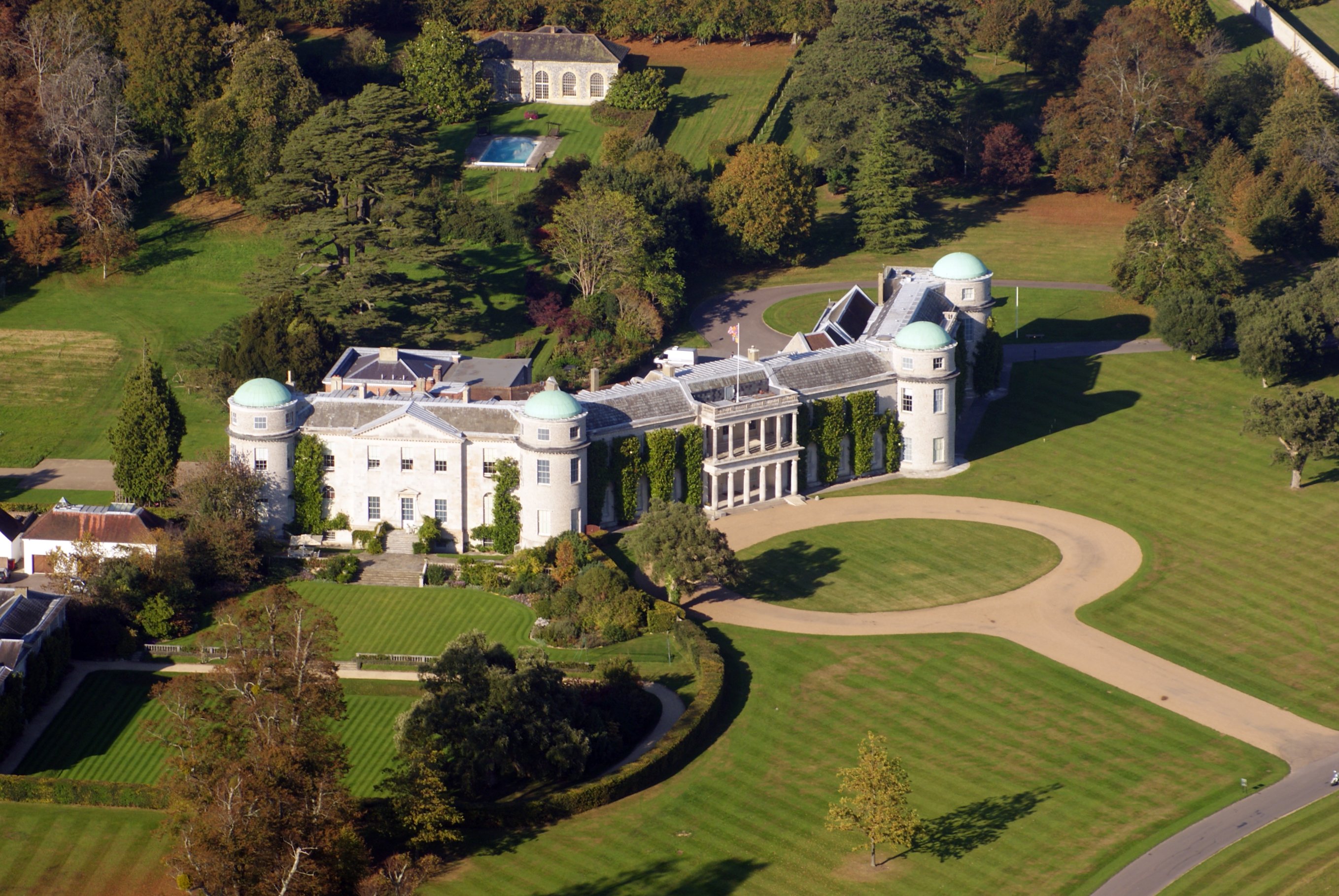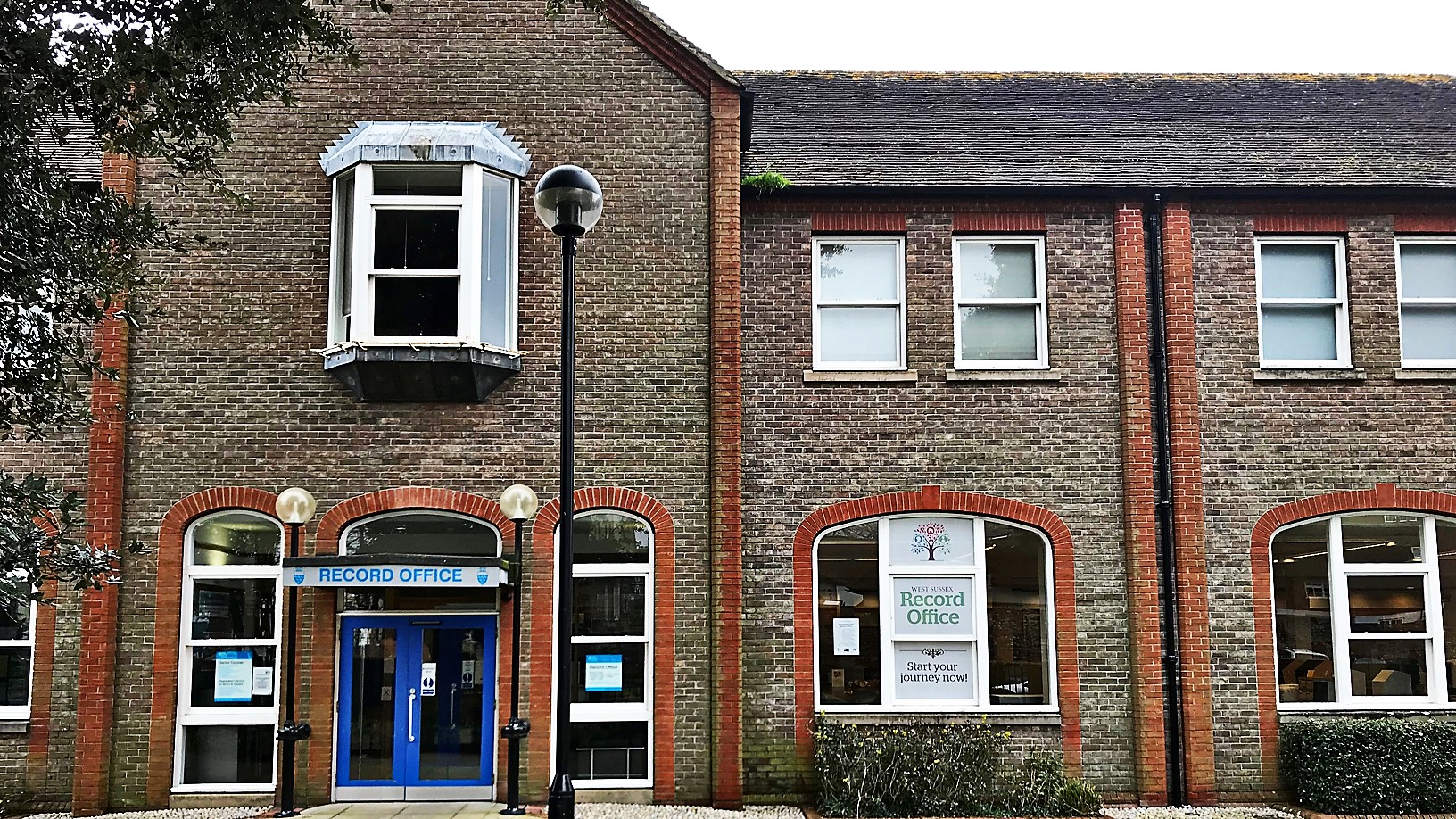|
Lavant House
Lavant House (or West Lavant House) is a country house and estate in the parish of Lavant, West Sussex, England. It was used as an independent school for girls until 2016. History The earliest certain documentary reference to Lavant House dates from 1762–3. Architectural analysis of the building, its photographic depictions and an eighteenth-century watercolour suggest that it was built between 1707 and 1725. Richard Budgen's map of Sussex (1723–24) shows two houses considered worthy of note in the manor of West Lavant, of which one is undoubtedly West Lavant Farm (built 1711), while the other is believed to be Lavant House. Sir John Miller Its first definite owner was Sir John Miller, 4th baronet, whose family had been prominent in Chichester first as justices of the peace and mayors then becoming members of parliament from the later 17th century. Sir John had enclosed the park at West Lavant by 1740, after which he may have lived in the first incarnation of Lavant H ... [...More Info...] [...Related Items...] OR: [Wikipedia] [Google] [Baidu] |
Lavant House
Lavant House (or West Lavant House) is a country house and estate in the parish of Lavant, West Sussex, England. It was used as an independent school for girls until 2016. History The earliest certain documentary reference to Lavant House dates from 1762–3. Architectural analysis of the building, its photographic depictions and an eighteenth-century watercolour suggest that it was built between 1707 and 1725. Richard Budgen's map of Sussex (1723–24) shows two houses considered worthy of note in the manor of West Lavant, of which one is undoubtedly West Lavant Farm (built 1711), while the other is believed to be Lavant House. Sir John Miller Its first definite owner was Sir John Miller, 4th baronet, whose family had been prominent in Chichester first as justices of the peace and mayors then becoming members of parliament from the later 17th century. Sir John had enclosed the park at West Lavant by 1740, after which he may have lived in the first incarnation of Lavant H ... [...More Info...] [...Related Items...] OR: [Wikipedia] [Google] [Baidu] |
Goodwood House
Goodwood House is a country house and estate covering in Westhampnett, Chichester, West Sussex, England and is the seat of the Duke of Richmond. The house was built in about 1600 and is a Grade I listed building. Description The house and its grounds are the site of the annual Goodwood Festival of Speed, whilst elsewhere on the estate the Goodwood Circuit motorsport track at Chichester/Goodwood Airport hosts the annual Goodwood Revival, and the airfield has a Flying School. Goodwood Racecourse hosts "Glorious Goodwood" and a number of other (horse) race meetings. The estate includes two golf courses and a cricket pitch, home to Goodwood Cricket Club, a hotel and a organic farm. The estate employs over 550 people and attracts 800,000 visitors a year. The headquarters of Rolls-Royce Motor Cars is on the Estate. The Monarch's Way long-distance footpath crosses the downs from west to east, passing immediately south of the racecourse. The landscaped park and woodlands of Goodwood ... [...More Info...] [...Related Items...] OR: [Wikipedia] [Google] [Baidu] |
Defunct Schools In West Sussex
{{Disambiguation ...
Defunct (no longer in use or active) may refer to: * ''Defunct'' (video game), 2014 * Zombie process or defunct process, in Unix-like operating systems See also * * :Former entities * End-of-life product * Obsolescence Obsolescence is the state of being which occurs when an object, service, or practice is no longer maintained or required even though it may still be in good working order. It usually happens when something that is more efficient or less risky r ... [...More Info...] [...Related Items...] OR: [Wikipedia] [Google] [Baidu] |
Boarding Schools In West Sussex
Boarding may refer to: *Boarding, used in the sense of "room and board", i.e. lodging and meals as in a: ** Boarding house **Boarding school *Boarding (horses) (also known as a livery yard, livery stable, or boarding stable), is a stable where horse owners pay a weekly or monthly fee to keep their horse *Boarding (ice hockey), a penalty called when an offending player violently pushes or checks an opposing player into the boards of the hockey rink *Boarding (transport), transferring people onto a vehicle *Naval boarding, the forcible insertion of personnel onto a naval vessel *Waterboarding, a form of torture See also *Board (other) Board or Boards may refer to: Flat surface * Lumber, or other rigid material, milled or sawn flat ** Plank (wood) ** Cutting board ** Sounding board, of a musical instrument * Cardboard (paper product) * Paperboard * Fiberboard ** Hardboard, a t ... * Embarkment (other) {{disambig ... [...More Info...] [...Related Items...] OR: [Wikipedia] [Google] [Baidu] |
Country Houses In West Sussex
A country is a distinct part of the world, such as a state, nation, or other political entity. It may be a sovereign state or make up one part of a larger state. For example, the country of Japan is an independent, sovereign state, while the country of Wales is a component of a multi-part sovereign state, the United Kingdom. A country may be a historically sovereign area (such as Korea), a currently sovereign territory with a unified government (such as Senegal), or a non-sovereign geographic region associated with certain distinct political, ethnic, or cultural characteristics (such as the Basque Country). The definition and usage of the word "country" is flexible and has changed over time. ''The Economist'' wrote in 2010 that "any attempt to find a clear definition of a country soon runs into a thicket of exceptions and anomalies." Most sovereign states, but not all countries, are members of the United Nations. The largest country by area is Russia, while the smallest is ... [...More Info...] [...Related Items...] OR: [Wikipedia] [Google] [Baidu] |
Girls' Schools Association
The Girls' Schools Association (GSA) is a professional association of the heads of independent girls' schools. It is a constituent member of the Independent Schools Council. History The GSA can trace its history back to the Association of Headmistresses which was founded in 1874 by Dorothea Beale and Frances Buss. The aim was to agree which issues need challenging and which could be ignored. Buss served as the founding president. Enid Essame of Queenswood School was an honorary secretary before she became president in 1960. She was succeeded by Diana Reader Harris in 1964. She served until 1966 organising a considered response to the influential Plowden Report. It was established in 1974 following the amalgamation of two of the AHM's sub-groups: the Association of Heads of Girls' boarding Schools and the Association of Independent and Direct Grant Schools. It moved from London to new headquarters in Leicester in 1984, where it shared offices with the Association of School and Co ... [...More Info...] [...Related Items...] OR: [Wikipedia] [Google] [Baidu] |
West Sussex Record Office
The West Sussex Record Office at Orchard Street, Chichester, is the county record office for the county of West Sussex. It is run by West Sussex County Council. Notable holdings The record office holds a number of unique collections connected to the area: *Blunt Manuscripts. The manuscripts of the poet Wilfrid Scawen Blunt.Private collections. West Sussex Record Office. Retrieved 7 August 2017. *Buckle Papers. A collection of papers relating to the naval family of Buckle including Admiral Matthew Buckle. *Cobden Archives. Archives of the 19th century politician and statesman Richard Cobden. *Goodwood Archives. Papers of the Dukes of Richmond a ... [...More Info...] [...Related Items...] OR: [Wikipedia] [Google] [Baidu] |
Charles Gordon-Lennox, 5th Duke Of Richmond
Charles Gordon-Lennox, 5th Duke of Richmond, (3 August 179121 October 1860), of Goodwood House near Chichester in West Sussex, was a British peer, soldier and prominent Conservative politician. Origins He was born "Charles Lennox", the son and heir of Charles Lennox, 4th Duke of Richmond (1764-1819) by his wife Lady Charlotte Gordon, the eldest child of Alexander Gordon, 4th Duke of Gordon. Until his father's death in 1819 he was styled Earl of March, a courtesy title, being one of his father's subsidiary titles. Education He was educated at Westminster School in London and Trinity College, Dublin. Military career As Earl of March, he served on Wellington's staff in the Peninsular War, during which time he volunteered to join the 52nd (Oxfordshire) Regiment of Foot's advance storming party on the fortress of Ciudad Rodrigo.Moorsom, W.S. ''Historical Record of the Fifty-Second Regiment (Oxfordshire Light Infantry)'', London: Richard Bentley, 1860, p. 443 He formally joine ... [...More Info...] [...Related Items...] OR: [Wikipedia] [Google] [Baidu] |
Lady Louisa Conolly
Lady Louisa Conolly (5 December 1743 – August 1821) was an English-born Irish noblewoman. She was the third of the famous Lennox Sisters, and was notable among them for leading a wholly uncontroversial life filled with good works. Biography Born Lady Louisa Augusta Lennox, she was the third of the four Lennox sisters portrayed in Stella Tillyard's book ''Aristocrats: Caroline, Emily, Louisa, and Sarah Lennox'' and in the BBC television series based on it. The Lennox sisters were the daughters of Charles Lennox, 2nd Duke of Richmond, and Lady Sarah Cadogan. The 2nd duke's father, the first duke, was an illegitimate son of King Charles II of England. Louisa was still a child when her parents died within a year of each other in 1750 and 1751. After this, Lady Louisa was brought up by her much older sister Emily FitzGerald, Duchess of Leinster, in Kildare. In 1758, aged 15, she married Thomas Conolly (1738–1803), grand-nephew of William Conolly, Speaker of the Irish House ... [...More Info...] [...Related Items...] OR: [Wikipedia] [Google] [Baidu] |
Annual Register
''The Annual Register'' (originally subtitled "A View of the History, Politicks and Literature of the Year ...") is a long-established reference work, written and published each year, which records and analyses the year's major events, developments and trends throughout the world. It was first written in 1758 under the editorship of Edmund Burke, and has been produced continuously since that date. In its current form the first half of the book comprises articles on each of the world's countries or regions, while the latter half contains articles on international organisations, economics, the environment, science, law, religion, the arts and sport, together with obituaries, a chronicle of major events and selected documents. In addition to being produced annually in hardback, the book is also published electronically, and its entire 260-year archive is available online from its publisher, ProQuest. Edmund Burke and the creation of ''The Annual Register'' ''The Annual Register'' wa ... [...More Info...] [...Related Items...] OR: [Wikipedia] [Google] [Baidu] |
Richmond House
Richmond House is a government building in Whitehall, City of Westminster, London. Its name comes from an historic townhouse of the Duke of Richmond that once stood on the site. History Stewart Dukes of Richmond Richmond House was first built as his London townhouse by Charles Stewart, 3rd Duke of Richmond, 6th Duke of Lennox (1639-1672) of Cobham Hall in Kent, an English nobleman of Franco-Scottish ancestry and a 4th cousin of King Charles II of England. It was built shortly after the Restoration of the Monarchy of 1660 when King Charles II returned to Great Britain from his exile in France during the Civil War and Commonwealth. It was built on the former bowling green of the royal Palace of Whitehall, at the southern end of the Privy Gardens. Its west side looked onto Whitehall, but the main front looked northward towards the Banqueting House and Charing Cross. The 3rd Duke of Richmond died without issue in 1672 but his widow remained in occupation until her death in 1702. ... [...More Info...] [...Related Items...] OR: [Wikipedia] [Google] [Baidu] |




